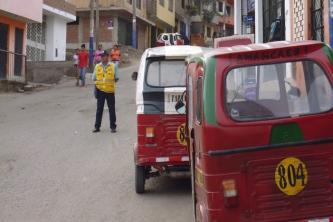
22 November 2018
Lima, the capital of Peru, ranks among the 35 biggest urban areas in the world and is the fifth largest in Latin America. But this growth quickly put a stress on Lima’s urban systems, creating problems with transportation. While it will take decades to develop a public transportation network that spans the entire urban area, the mototaxi could - thanks to its adaptability - accompany this evolution.
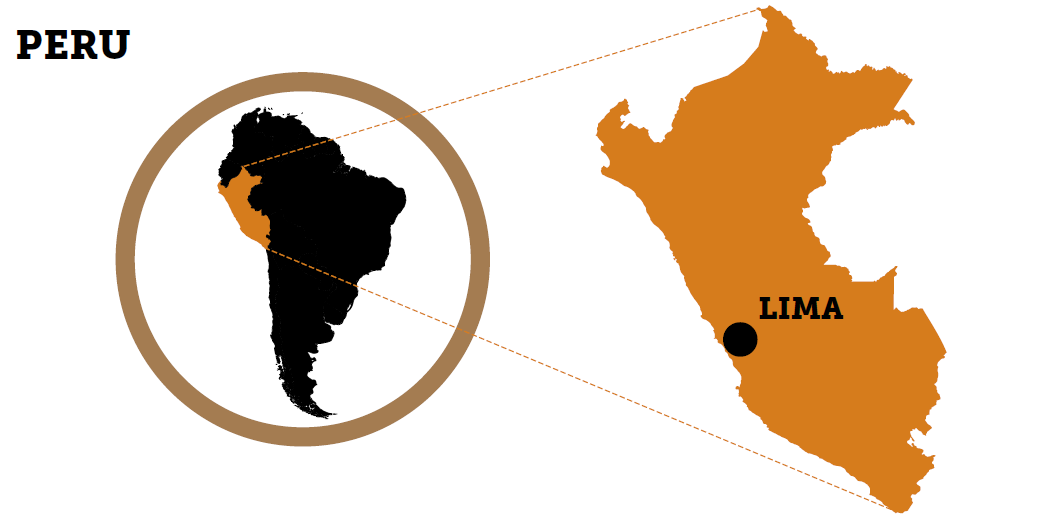
Lima, the capital of Peru, ranks among the 35 biggest urban areas in the world and is the fifth largest in Latin America, following Sao Paulo, Mexico City, Buenos Aires, and Rio de Janeiro. It spans 2,859 km² and is home to nearly nine million people with a population density of 3,141 people per km². In the 1950s, hundreds of thousands of peasants fled the agricultural crisis in the Andean mountains for the barriadas, or impoverished areas on the outskirts of large cities 1. However, the city’s true expansion began in 1970. This growth quickly put a stress on Lima’s urban systems, creating problems with the water supply, waste disposal, transportation, etc.
Mobility has progressively become a key concern for the residents of Lima: numerous surveys show that today they consider public transportation to be the second biggest problem affecting their daily lives, following insecurity.
Most travel takes place by car, bus (belonging to private businesses), taxi (collective and individual) or mototaxi. Over the past few years, new bus and metro lines have been opened. Yet, it is not enough: public policies are overwhelmed by the magnitude of the situation. Many “informal” jobs were created in response to daily mobility challenges and social instability.
In 2010, there were 12.2 million motorized trips daily in the Lima metropolitan area 2. More than 800,000 vehicles of all types circulate in the city, including 80,000 group vehicles and 200,000 official or unofficial taxis. There are not, however, recent studies providing exact and reliable information on the number of mototaxis. According to official estimates, there are approximately 30,000 mototaxis in the agglomeration, although many estimates double this number. According to a broad survey with a representative sample of Lima’s population, 13% of those surveyed claimed that they use mototaxis daily to commute from home to work or school 3.

© Hugo Plas
The mototaxi, a word of Peruvian origins, is defined as: “a three-wheeled motorcycle with a roof, used as a form of transportation for short trips in return for a monetary contribution, similar to a taxi 4.”
This type of vehicle is used in many countries like India (Rickshaws) or Thailand (Tuk-Tuk). In other contexts, the term mototaxi or taximoto can refer to other types of vehicles, often simple two-wheeled motorcycles, on which passengers hold onto drivers 5.
Mototaxis first appeared in the Peruvian provinces in the 1960s. They came to Lima at the end of the 1980s during the rural exodus. The majority were registered by authorities nearly a decade later. Others, labeled piratas, continue to circulate illegally in the city without registration.
They are what Anglo-Saxon studies often label paratransit: transportation that develops on the fringes of the classic transportation system and even comes to substitute it in certain situations (Godard, 2006). Mototaxis are an important part of popular Peruvian culture: souvenirs of them are sold to tourists and they often appear in well-known telenovela.
There are two types of mototaxis in the city:

© Hugo Plas
Mototaxis are mainly used for trips of approximately one kilometer. Based on the distance, the fare varies between 1 and 2 soles 6. They are sometimes shared: each passenger (three maximum) pays 50 cents in soles. The majority of drivers circulate within a limited zone of the city, often across a neighborhood that may or may not be their own.
The trips are relatively expensive: public transportation costs between 50 cents and 2 soles based on the distance. The budget allocated to transport by residents is thus quite high: one round trip per day including a mototaxi (1 sol) and then a bus (1.5 sol or 2 soles) costs in total 6 soles, or around 144 soles per month, while the minimum wage is approximately 1000 soles per month (around 250 euros). Taxis, on the other hand, meet passengers’ needs to cover longer distances and they are not in competition with mototaxis.
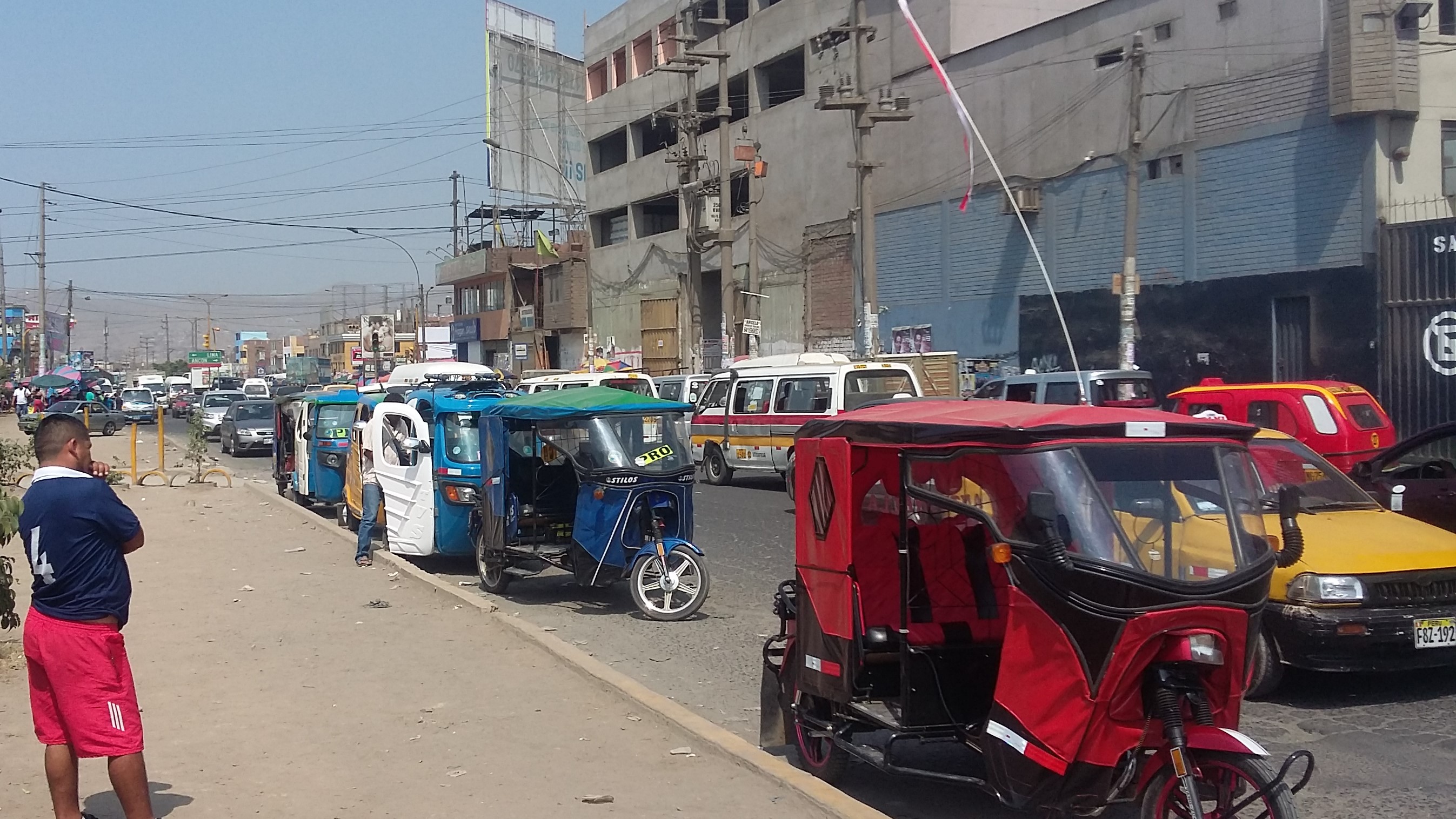
© Hugo Plas
Mototaxis offer employment to many residents of Lima. A typical driver is a young man, 28-years-old, single, with a low level of education (and thus unable to access many types of employment), with no previous work experience 7. However, there are also older drivers and younger individuals seeking to escape precarious living situations but failing, however, to find a situation that is more stable. A representative study of the city shows that 76.6% of drivers do not have medical coverage 8.
For some, driving can offer professional reinvention, like the 62-year-old man who spent 30 years working as an assistant chef before losing his job. At first, he rented a mototaxi as a temporary form of employment. Five years later, he has purchased his own vehicle and plans to continue driving. Certain female homemakers (often older than 40) decide to supplement their family income by driving. For those who have recently left the countryside, it also represents a professional opportunity. There are also students who rent mototaxis to a family member or third party to support themselves or their loved ones while they pursue their education.
Driving mototaxis is often considered to be quite a lucrative job, especially for vehicle owners – renting costs on average 20 soles per day, or ¼ of their daily salary.
Some individuals launch their own mototaxi business. They work as drivers or mechanics until they acquire enough capital to purchase a fleet of mototaxis they can rent out. The mototaxi offers them a higher quality of life, and to a lesser extent, allows them to express their style and identity through customization 9 (photos 1 and 2) or by adding accessories.
According to several studies 10, mototaxi clients mostly hail from working-class populations and do not usually own a car. They travel around the area where they live (most wealthy neighborhoods do not allow mototaxis). They use them to go to school, the park, the beach, celebrations as well as markets and supermarkets where they are provided with dedicated parking areas (photo 4). They are also often part of commutes and are notably used to connect with other types of transportation (metro, bus).
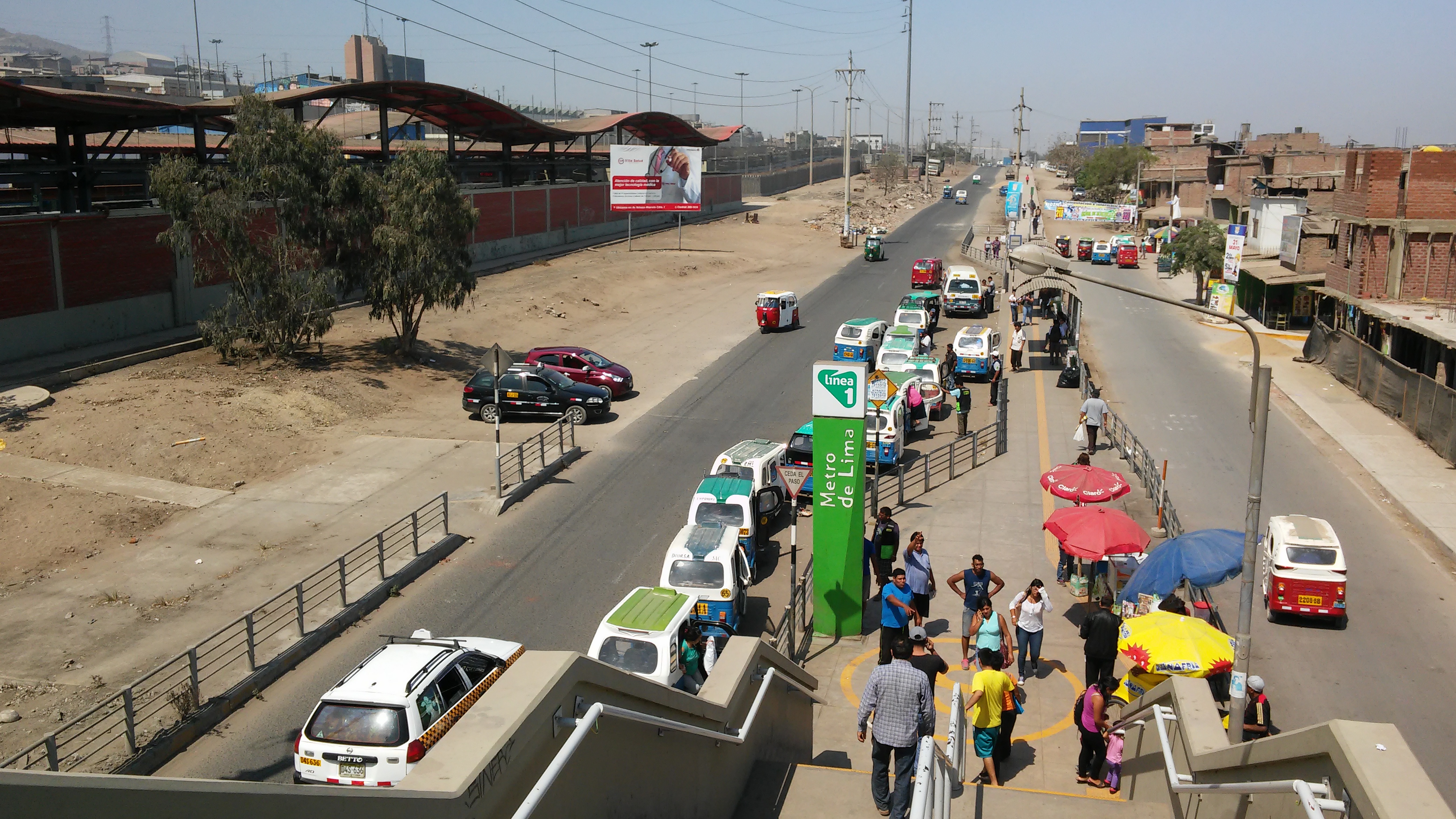
© Hugo Plas
Mototaxis are a key part of mixed-mode transportation, connecting areas that are poorly served by public transportation (often those located farthest from the city) to new bus and metro stations. Mototaxis also improve overall transportation conditions, notably in terms of security: traveling by foot can indeed be dangerous (streets without sidewalks, crime after dark).
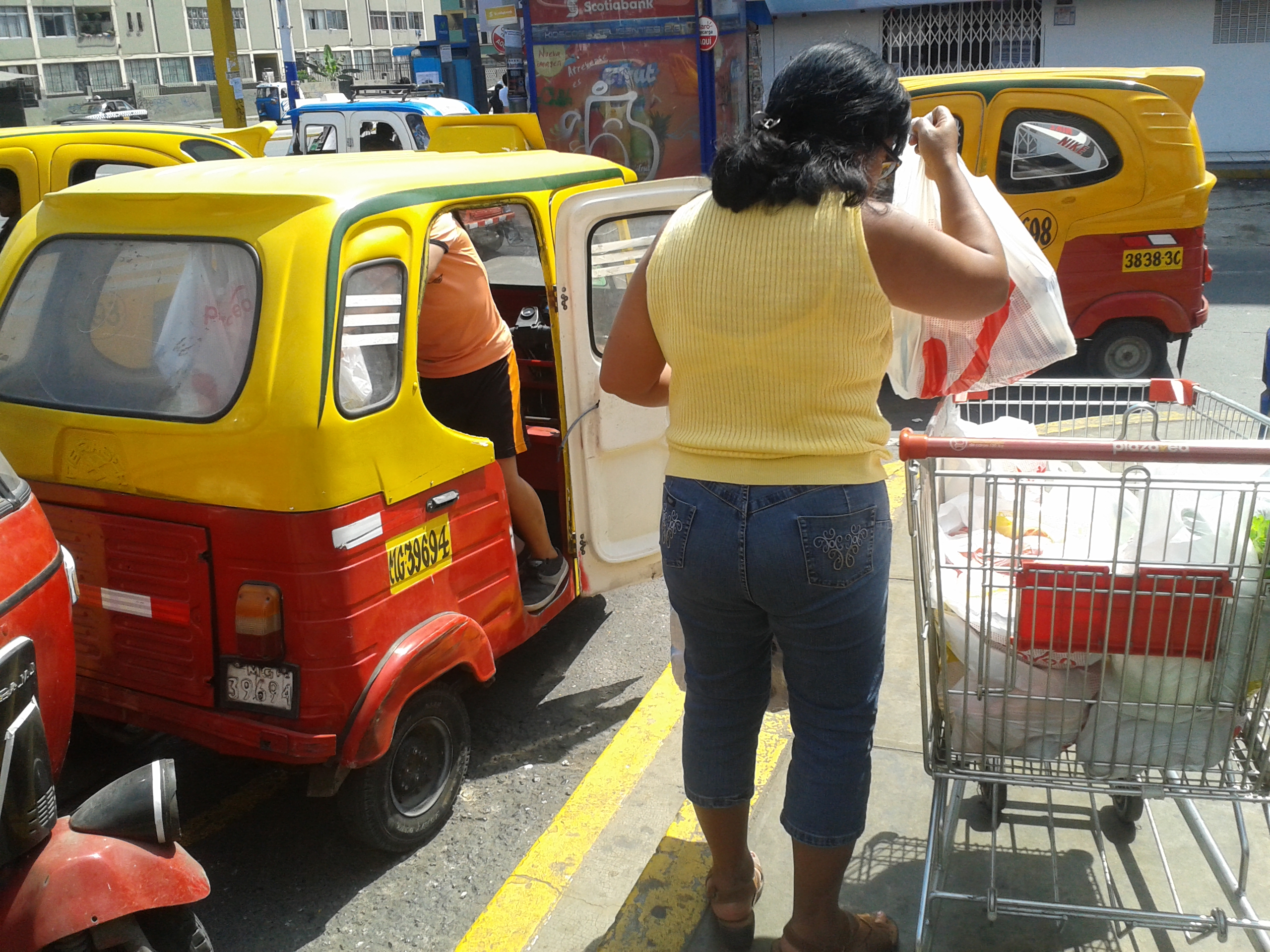
© Hugo Plas
Modernization has created competition between the different modes of transportation and is criticized by private operators of public transportation, notably busses. However, mototaxi associations are favorable to the creation of new bus and metro stations which offer a more regular and organized flow of passengers. Mototaxis are thus compatible with the modernization of transportation.
Public authorities and people who do not use mototaxis continue to criticize them as a source of noise pollution, air pollution, accidents and risk for passengers who are vulnerable in the event of an impact.
In order to improve the vehicle’s sustainability, in 2017 a company proposed to replace oil or gas motors with electric ones. Electric mototaxis have yet to take off and remain confined to the private sector. Public authorities, which have continually marginalized mototaxis and ignored their existence, did not plan for this necessary transition. There is also a project to import solar powered mototaxis from India or to build them in Peru. These new vehicles could succeed as long as drivers are able to earn the same wages. The simplicity of the vehicle, a pillar of its success, and its lightness facilitate the modifications that are needed for this transition.
While it will take decades to develop a public transportation network that spans the entire urban area, the mototaxi could - thanks to its adaptability - accompany this evolution. Official transportation and paratransit are often pitted against each other, as if it were impossible for them to coexist (Godard, Chapain 2005).
The situation in Lima shows the role mototaxis can play in the development of institutional public transportation, and that both can benefit from their mutual existence. There are many forms of paratransit, especially in the Global South. Like many initially informal urban phenomena, it has become embedded over time, allowing residents to get around easily and offering employment opportunities that do not require a significant initial capital investment.
Mototaxis can play a regulatory role economically, socially and, perhaps one day, environmentally, provided the transition towards electric vehicles succeeds.
1 Vega Centeno, P., Dextre, J-C., Alegre, M., 2011, “Inequidad y fragmentación: movilidad y sistemas de transporte en Lima metropolitana” in Lima_Santiago. Restructuraciòn y cambio metropolitano, Mattos, C. Ludeña, W., Santiago de Chile: Facultad de architectura de chile y Faculatd de architectura y urbanismo del Perù.
2 Statistics from a survey conducted by Peru’s Minister of Transportation on all motorized travel in the agglomeration of Lima (home to work, home to school, shopping, etc). Secretaría Técnica del Consejo de Transporte de Lima y Callao, El transporte urbano metropolitano de lima y callao en números, Octobre 2010.
3 Lima Como vamos, Informe de percepción de calidad de vida en Lima y Callao, 2018, http://www.limacomovamos.org/cm/wp-content/uploads/2018/03/EncuestaLimaC%C3%B3moVamos_2017.pdf
4 Definition from the Spanish dictionary: Real Academia Española.
5 Assogba Guézéré, The motorcycle taxis of Lomé: sounding boards for social and political movements, Forum Vies Mobiles, 2017. https://en.forumviesmobiles.org/southern-diaries/2017/08/30/motorcycle-taxis-lome-sounding-boards-social-and-political-movements-3663
6 The sol is the currency of Peru: 1 euro equals 3.8 soles (as of October 2018).
7 As shown in the study by the secretaria Tecnica del Consejo de Transrpote de Lima y Callao, which describes drivers as « Ciudadano joven menor de 28 años, soltero, sin hijos, que no ha superado su educación secundaria, excluido del mercado laboral, fuertemente limitado por su carencia de empleo e ingresos» ”A young person up to 28-years-old, single, without children who has not finished secondary studies, does not have access to the formal job market, and is greatly limited by his lack of employment and income.”
8 Secretaría Técnica del Consejo de Transporte de Lima y Callao, 2010, Perfil Socio Económico y Cultural de Conductores de Mototaxi en el área Metropolitana de Lima y Callao.
9 Philippe Coulangeon, Classes sociales, pratiques culturelles et styles de vie : le modèle de la distinction est-il (vraiment) obsolète ?, Sociologie et sociétés, Volume 36, numéro 1, 2004.
10 Yachiyo Engienering, Plan Maestro de transrpote urbano para el area metropolitana de Limay Callao en republica del Peru. Lima : Agencia de Cooperacion Internacional del Japon (JICA)/Consejo de Transporte de Lima y Callao /Ministerio de transportes y Comunicaciones, 2005
Secretaría Técnica del Consejo de Transporte de Lima y Callao, Perfil Socio Económico y Cultural de Conductores de Mototaxi en el área Metropolitana de Lima y Callao, 2010. Plas H, Les moto-taxis et la ville, mémoire de recherche, Institut de Hautes Etude de l’Amérique latine-Université de la Sorbonne-Nouvelle, 109p, 2015.For the Mobile Lives Forum, mobility is understood as the process of how individuals travel across distances in order to deploy through time and space the activities that make up their lifestyles. These travel practices are embedded in socio-technical systems, produced by transport and communication industries and techniques, and by normative discourses on these practices, with considerable social, environmental and spatial impacts.
En savoir plus x
Southern Diaries by Forum Vies Mobiles are licensed under a Creative Commons Attribution-NonCommercial-ShareAlike 3.0 France License.
Permissions beyond the scope of this license may be available at contact.
Other publications